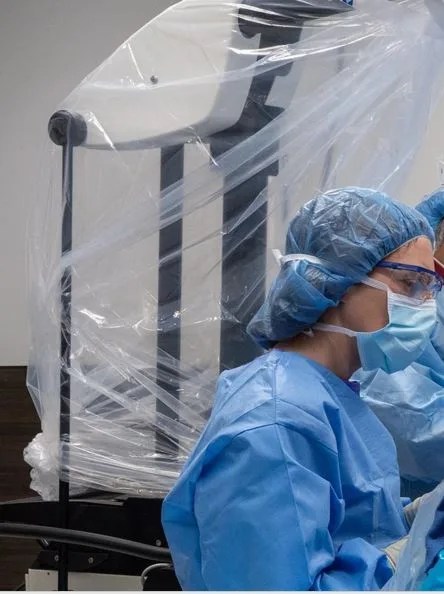How Inpatient Rehab Supports Clients With Trauma Histories
The Link Between Trauma and Addiction
Not everyone who experiences trauma develops a substance use disorder—but a significant number of people who struggle with addiction do have trauma in their past. Whether it stems from childhood abuse, sexual assault, combat experience, or emotional neglect, trauma can leave lasting effects on the brain and body.
Substance use often becomes a form of survival—an attempt to numb fear, silence memories, or function in daily life. Over time, this coping mechanism creates its own crisis. That’s why addressing trauma is so crucial in long-term recovery.
Inpatient rehab offers a safe, immersive setting where trauma and addiction can be treated together. When care is integrated and trauma-informed, clients are better equipped to build emotional resilience, reduce relapse risk, and rebuild their lives with clarity.
What Is Trauma-Informed Care?
Safety, Choice, Empowerment
Trauma-informed care is a clinical approach that recognizes the widespread impact of trauma and aims to create environments that are physically and emotionally safe. This framework avoids re-traumatization and focuses on:
- Establishing trust and transparency
- Giving clients choices in their care
- Encouraging collaboration between staff and client
- Recognizing trauma responses in behavior
- Respecting cultural, historical, and gender-related issues
In addiction treatment, trauma-informed care also acknowledges that not every client is ready to dive into trauma processing immediately. The first goal is stabilization.
Why Inpatient Rehab Is Ideal for Trauma Recovery
Structure and Predictability
People with trauma histories often struggle with anxiety, emotional dysregulation, and hypersensitivity to change. Inpatient programs offer consistent routines, structured activities, and a clear sense of what to expect each day. This predictability helps reduce stress and creates the kind of containment necessary for healing.
24/7 Support and Clinical Oversight
Trauma can cause sudden emotional shifts, flashbacks, or panic attacks. In inpatient rehab, clients are never alone—they have access to therapists, medical staff, and peers who understand the journey.
This constant support allows individuals to:
- Learn to regulate emotions in real time
- Receive immediate help when triggered
- Practice grounding and mindfulness skills in a safe space
Focused Therapeutic Work
Because inpatient settings are free from daily distractions, clients can fully engage in intensive therapy. Many programs incorporate:
- Cognitive Behavioral Therapy (CBT)
- Eye Movement Desensitization and Reprocessing (EMDR)
- Somatic therapies to reconnect body and mind
- Group therapy that emphasizes trust and connection
- Expressive arts or trauma writing for non-verbal healing
These interventions help process trauma without re-experiencing it in harmful ways.
The Dual Diagnosis Advantage
Treating Mental Health and Addiction Together
Trauma rarely exists on its own. Many individuals struggling with substance use also have co-occurring disorders such as depression, anxiety, PTSD, or dissociation. Inpatient rehab is often the best setting for dual diagnosis treatment because it allows for a full-spectrum approach.
Psychiatric support, medication management, and individualized therapy all work together to stabilize both substance use and emotional health. This prevents the all-too-common cycle of treating one condition while ignoring the other.
Programs like inpatient rehab Los Angeles offerings allow clients to receive trauma-informed, dual-diagnosis care in a comprehensive setting that prioritizes emotional safety and medical support.
What Happens After Inpatient Treatment?
Creating a Trauma-Sensitive Aftercare Plan
Healing doesn’t end at discharge. Clients need a roadmap that supports them as they re-enter daily life. This might include:
- Outpatient therapy focused on trauma integration
- Support groups or peer communities
- Continued psychiatric care
- Relapse prevention strategies for trauma triggers
- Mind-body practices like yoga or meditation
By building a strong aftercare foundation, clients can move forward with confidence and clarity.
Healing Is Possible With the Right Support
For individuals with trauma histories, addiction is often about survival—not weakness. It’s a way to navigate pain when there are no other tools available.
Inpatient rehab can offer those tools. With safety, structure, and therapeutic depth, it becomes a space not just for detox—but for deep, meaningful healing. And when trauma and addiction are addressed together, the path to recovery becomes not only more effective, but more compassionate.






